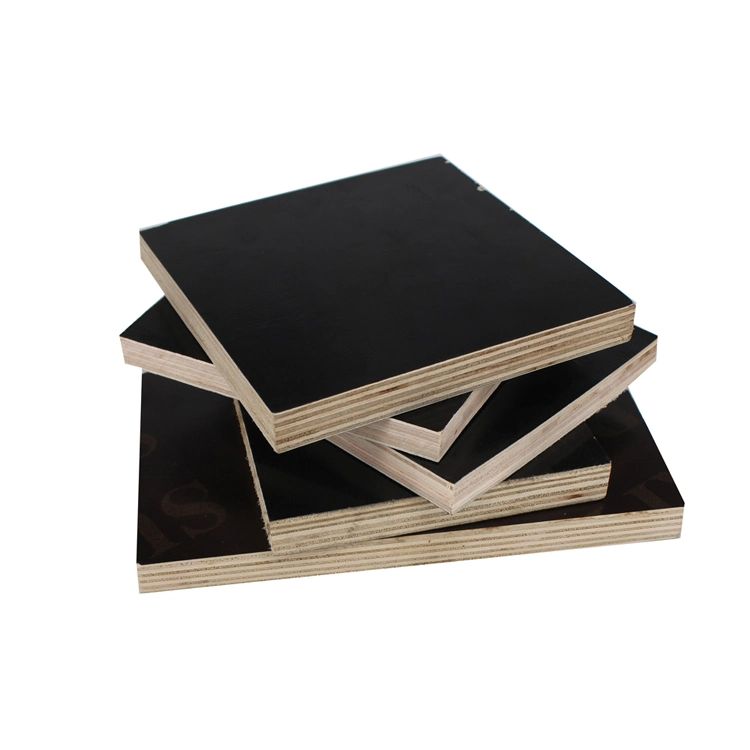How Does Construction Plywood Compare to Other Building Materials?
2025-07-09
When choosing the right material for a building project, it’s essential to weigh the pros and cons of each option. Among the many materials available today, construction plywood has earned its place as a versatile, durable, and cost-effective choice. But how does it stack up against other commonly used building materials like solid wood, MDF, particle board, or oriented strand board (OSB)? Let’s take a closer look.
Strength and Durability
Construction plywood is engineered from multiple layers of wood veneer that are glued together with alternating grain directions. This cross-laminated structure provides excellent strength and resistance to warping, splitting, and shrinking. Compared to solid wood, plywood offers greater dimensional stability, especially in areas exposed to moisture or temperature changes.
While OSB is also made from compressed wood strands, it tends to absorb more moisture than plywood, making it less ideal for outdoor or high-humidity environments. On the other hand, MDF and particle board are more prone to damage from impact or moisture, and they lack the structural integrity needed for heavy-duty applications.

Versatility in Use
Construction plywood can be used for a wide range of applications, including flooring, roofing, wall sheathing, and concrete formwork. It’s available in various grades, thicknesses, and sizes, allowing builders to select the right type for specific needs.
Compared to MDF and particle board, which are better suited for indoor furniture or decorative uses, plywood is much more adaptable to structural and load-bearing purposes. It’s also easier to work with than OSB when it comes to cutting, drilling, or fastening.
Weight and Handling
Plywood is generally lighter than solid wood and easier to handle on job sites. Its weight falls between MDF and OSB, making it a good middle ground for projects where both strength and ease of use are important.
In contrast, MDF and particle board are heavier and more fragile, increasing the risk of damage during transportation or installation. OSB is also heavy and can be cumbersome to maneuver, particularly in tight construction spaces.
Cost Considerations
In terms of pricing, construction plywood usually costs more than OSB and particle board but less than high-quality solid wood. While MDF might be cheaper for interior applications, it doesn’t offer the same strength and moisture resistance that plywood does.
When factoring in durability and lifespan, plywood often provides better long-term value, especially for structural applications. Its ability to withstand harsh conditions and heavy loads means fewer replacements and repairs over time.
Environmental Impact
Plywood made from sustainably sourced wood and low-emission adhesives can be an environmentally responsible choice. Compared to solid wood, plywood uses smaller logs and less high-grade timber, reducing overall forest impact.
MDF and particle board, though made from recycled wood fibers, often contain formaldehyde-based adhesives, which can release harmful emissions over time. Plywood, especially those labeled as formaldehyde-free or CARB-compliant, is often a safer and greener alternative.
Conclusion
Construction plywood offers a well-balanced combination of strength, versatility, and affordability that makes it stand out among other building materials. While it may not be the best fit for every single application, it consistently performs well in structural, industrial, and general-purpose uses. Whether you're a contractor working on a large-scale project or a homeowner tackling a renovation, understanding how plywood compares to other materials can help you make better, more informed decisions.


